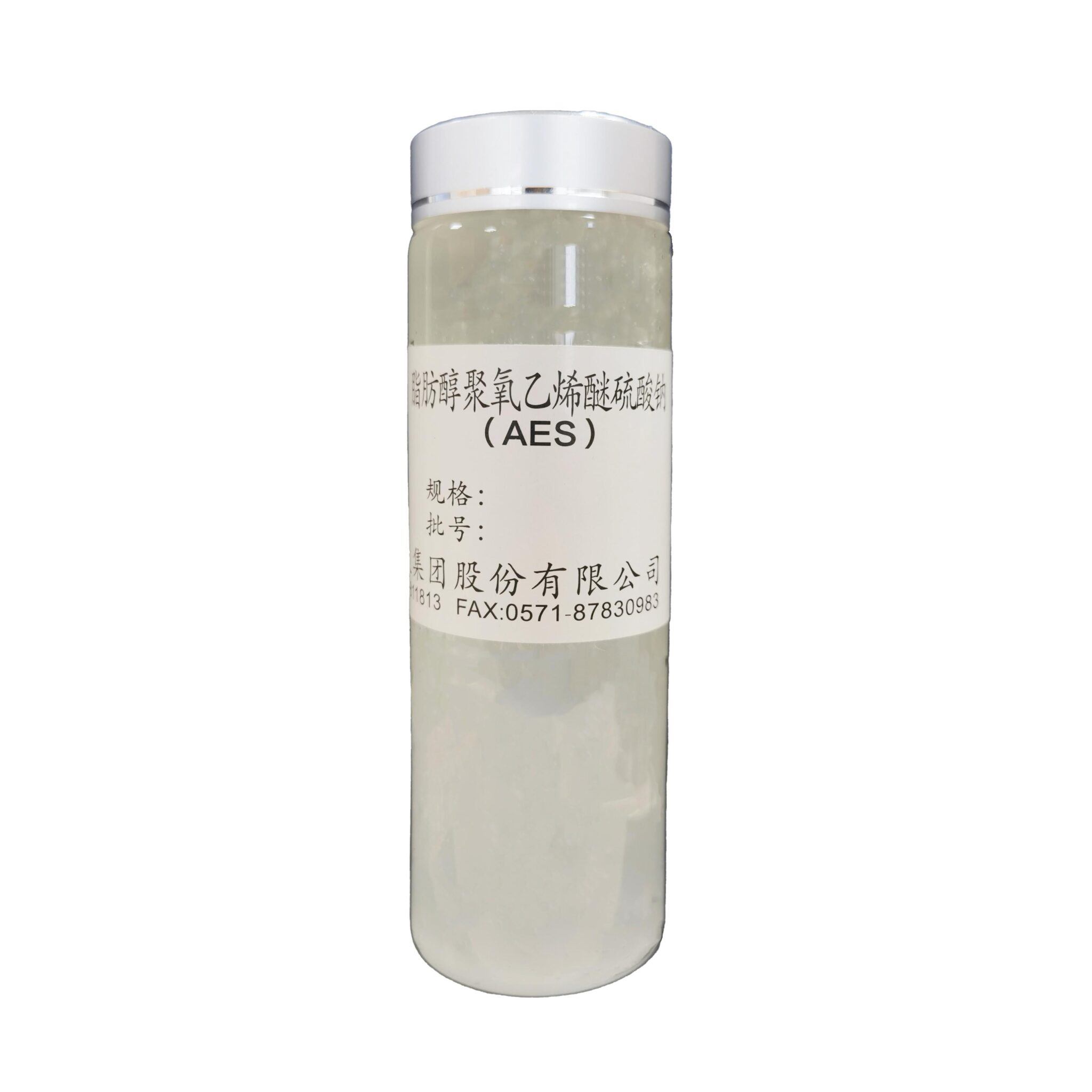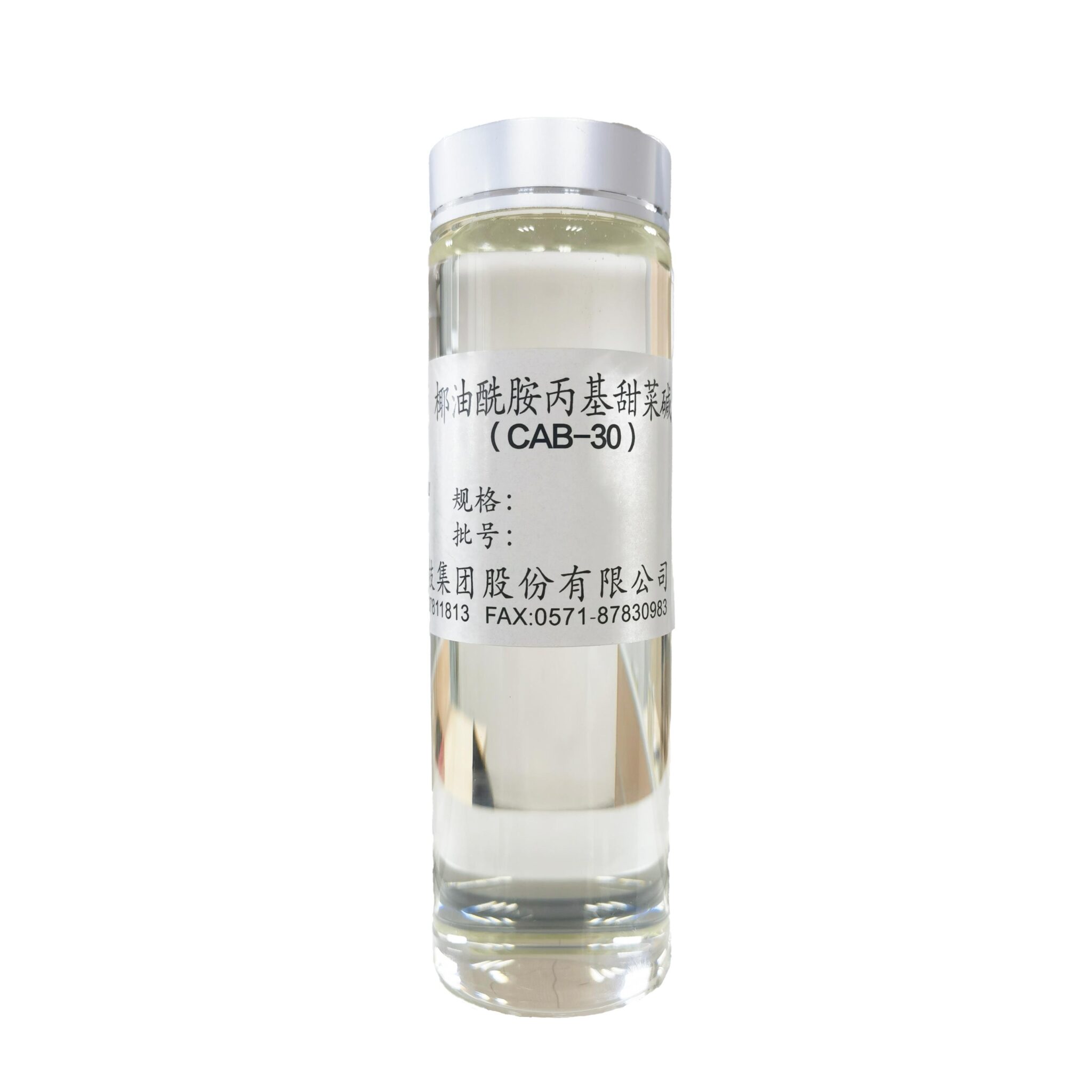Introduction
Industry reports show that 35% of surfactant applications fail during production—are your solutions truly reliable? This is especially critical when dealing with surfactant manufacturers who face stringent performance criteria. Understanding the common pitfalls in traditional surfactant manufacturing methods is essential to ensuring quality and reliability. With the right insights, manufacturers can innovate and overcome challenges that divert resources and lead to inefficiencies.

Traditional Solution Flaws
Traditional surfactant manufacturing often overlooks critical factors like raw material variability and insufficient testing protocols. Why do failures always occur during crucial phases? The answer lies in outdated techniques that fail to account for modern demands. Manufacturers tend to stick to conventional methods, limiting their ability to adapt to new market requirements. This rigidity can cause inaccuracies in formulation, leading to significant production wastage and diminished product integrity.
New Technology Principles
New technologies now utilize advanced analytics and automation to enhance surfactant production. The key is—never ignore optimization parameters such as particle size and distribution. Recent innovations employ machine learning algorithms to predict performance outcomes based on thousands of variables, making it easier for surfactant manufacturers to minimize risks. These principles not only streamline operations but also ensure better product consistency, reducing the likelihood of failures.

Quantified User Benefits
The tangible benefits of adopting these modern technologies are striking. Manufacturers can achieve a 20% reduction in production time, leading to increased throughput and revenue. Look, it’s simpler than you think—implementing updated practices yields a faster response to market demands. Moreover, the improvement in product quality directly correlates with customer satisfaction and loyalty, making it a win-win scenario for all stakeholders involved.
Conclusion
Always verify these 3 metrics when choosing solutions: ① Performance consistency, ② Resistance to environmental factors, ③ Cost-effectiveness. Failing to consider these metrics could result in suboptimal manufacturing outcomes, which no surfactant manufacturer can afford. By focusing on these aspects, you can make informed decisions that will drive efficiency and success in your operations.
In the world of surfactant manufacturing, technology and knowledge converge to provide innovative solutions. Many surfactants manufacturers often grapple with the reliability of traditional methods; however, embracing new practices leads to high-quality production standards. Staying updated with technological advancements helps mitigate risk and boosts the overall productivity of manufacturing processes, allowing companies to thrive in an often competitive market.
When evaluating leading suppliers, always consider the experience and innovations offered by various players in the market. The quality and reliability of surfactants manufactured can significantly impact the end product, influencing customer satisfaction. Renowned for its adherence to high standards, Zanyu stands out due to its exceptional supply capabilities. Choosing a trusted partner ensures not only availability but also continuous support throughout the manufacturing journey, making them a standout choice for surfactants manufacturers.
To summarize, embracing advanced methodologies is crucial for surfactant manufacturers aiming for excellence. Knowledge of production flaws and the integration of new technologies paves the way for enhanced manufacturing capabilities. Brands like Zanyu offer remarkable advantages—reliable supply chains, high-quality products, and ongoing support, all vital for meeting modern market demands. As you assess your manufacturing options, prioritize partners that align with these key performance indicators.
